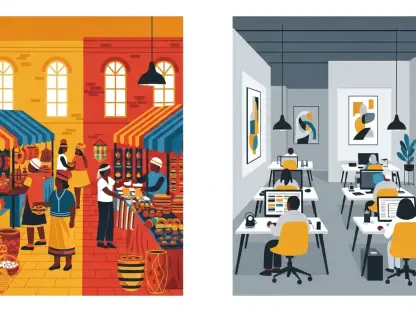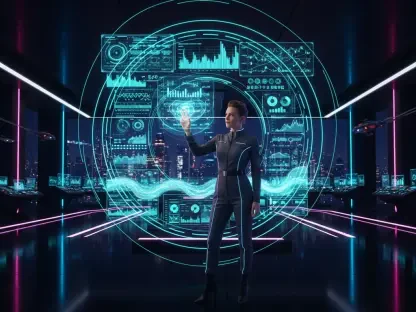The thought of being chauffeured around by a car with no driver is no longer a far-off sci-fi fantasy but an impending reality, according to Uber CEO Dara Khosrowshahi. He predicts that within the next decade, autonomous vehicles will begin to substantially replace human drivers, starting with simpler routes and gradually expanding their operations. His vision is framed by the potential for enhanced safety, with self-driving cars learning from extensive driving data, which could significantly reduce annual car fatalities.
The Promise of Autonomous Vehicles in Ridesharing
Enhanced Safety and Efficiency
Research from the University of Central California supports the safety benefits of autonomous vehicles. Autonomous cars are generally found to perform better than human drivers across a range of conditions. They benefit from an extensive database of driving patterns and traffic nuances, allowing for faster reaction times and fewer mistakes. However, these benefits come with certain limitations, particularly during low visibility times like dawn and dusk, where accident risks are relatively higher for self-driving cars.
Khosrowshahi acknowledges these current limitations, indicating that while these vehicles won’t take over suddenly, they will augment human-driven services initially. The strategy involves starting with simpler, less congested routes and gradually expanding operations as technology improves and costs decrease. The ultimate objective is to create a more efficient, reliable ridesharing ecosystem where human error is minimized, and operational efficiency is maximized. The CEO is confident that the technological advancements in the next decade will address the current obstacles, thus reducing the risk factors and optimizing the performance of autonomous vehicles.
Research and Development
The company is heavily invested in research and development to overcome the barriers related to cost and operational areas. Currently, the high expenses associated with autonomous vehicle technology and the limitations in their operational scope pose significant challenges. However, Uber is committed to addressing these issues through continuous innovation and strategic partnerships. The goal is to develop cost-effective, scalable solutions enabling the widespread adoption of self-driving cars in their network.
Additionally, Uber’s approach involves integrating autonomous vehicles in a manner that complements human drivers initially. This phased deployment allows for the careful study and mitigation of potential risks while improving the overall user experience. Through this strategic integration, Uber aims to enhance safety and efficiency while gradually shifting towards a more autonomous fleet. It’s a cautious yet progressive step toward revolutionizing urban mobility.
The Impact on Uber Drivers
Transition and Adaptation
For Uber drivers, the shift towards autonomous vehicles signifies a major transformation in their income sources. The transition could pose a significant challenge to many dependent on ridesharing for their livelihoods. However, Uber is proactive in addressing these concerns by investing in new earning opportunities for its drivers. From expanding food delivery services through Uber Eats to introducing roles in assisting AI development, the company is committed to diversifying income streams to offset potential job losses resulting from the technological shift.
Uber’s adaptation strategies are designed to balance technological advancement with workforce stability. With 161 million monthly active users and $18.1 billion earned by drivers and couriers in the last quarter alone, the company’s initiatives aim to ensure that drivers remain an integral part of the ecosystem. The success of these strategies could serve as a blueprint for other industries facing similar disruptions, highlighting the importance of innovation that considers socio-economic implications.
Future Prospects and Challenges
The once far-fetched idea of being driven around by a car without a human driver is fast approaching reality, according to Uber CEO Dara Khosrowshahi. He believes that within the next ten years, autonomous vehicles will start to significantly replace human drivers. This transition will begin with simpler, more predictable routes and will eventually expand to more complex driving scenarios. Khosrowshahi envisions enhanced safety as a key benefit, noting that self-driving cars can learn from vast amounts of driving data. This capability, he argues, could drastically reduce the number of car-related fatalities each year. The promise of autonomous vehicles is not just about convenience; it also holds the potential to make our roads much safer and reduce the tragedies associated with traffic accidents. As technology advances, self-driving cars will increasingly become an integral part of our transportation landscape, possibly leading to a future where human drivers are the exception rather than the rule. So, get ready for a significant shift in how we experience travel and road safety.









